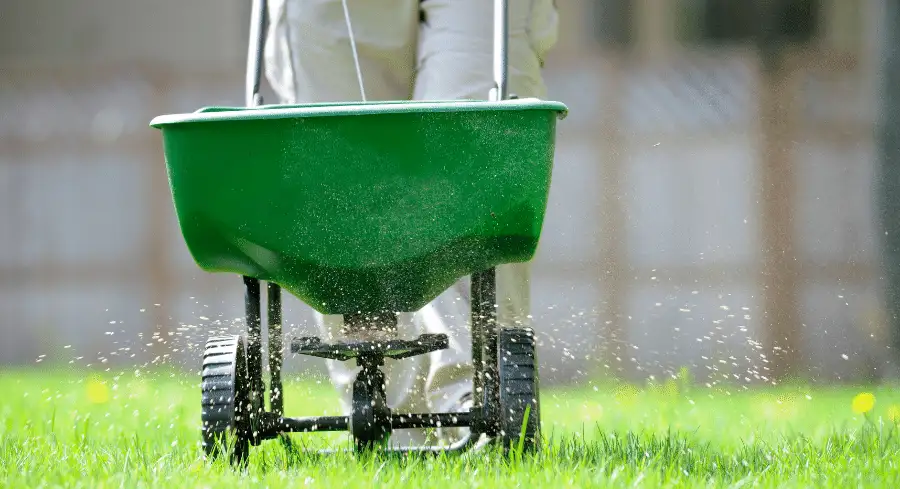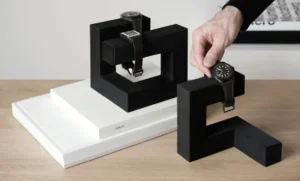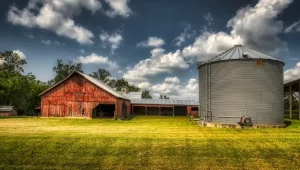What Exactly Does Lawn Fertilizer Do?
By TOI Staff
August 20, 2023
Update on : August 20, 2023

Maintaining a lawn and keeping its golf course beautiful is not easy. Depending on the type of grass you have and your geographic location, you may be fighting pests, weather, diseases, or any combination of the 3. It’s easy to weaken grass and make your lawn susceptible to takeover by any number of invaders. This is why every spring, lawn enthusiasts break out the fertilizer and go to town.
There’s really no substitute for adequate fertilization at the appropriate time. You’ll see your lawn spring into thick, vibrant action nearly overnight. A quick glance around the lawn and garden section at your local big box retailer, and you’ll see that fertilizer is big business. Unfortunately, there is so much conflicting advice out there it’s enough to make you throw your hands up.
Here’s a little bit about exactly what lawn fertilizer does and why it is so critical.
Vital Nutrients
Fertilizing your lawn properly usually results in lusher greener grass. This is because all types of grass require certain essential nutrients to grow vibrant and healthy. The essential nutrients needed by your lawn are not always present in your soil. Those nutrients may simply be depleted over time by your grass or lost through leaching. Most of the vitamins and minerals required by grass are water-soluble, so they can be lost as the lawn drains rainwater and irrigation.
Necessary lawn maintenance often prevents nutrient cycling. Removing clippings and leaves, while necessary, also removes potential nutrients that could eventually help revitalize the soil. A lack of specific nutrients can leave your soil too acidic or too alkaline, which will lead to weaker grass. Proper fertilization replaces the specific nutrients your soil is missing for a strong, healthy lawn.
Prevents Damage
Healthy growing grass uses an intense amount of energy. It also requires water, sunshine, and fertilizer to produce that energy. Fertilizer helps feed lawns and encourages grass to establish thicker, deeper roots for a strong foundation. It promotes new leaf growth and develops stronger, more substantial leaves.
Stout flourishing lawns are made of thick healthy grass with deeply established root systems that are formed with proper fertilization. A vibrant, thriving lawn is better able to resist weeds and diseases. Rather than spending time and money on herbicide and fungicide applications after weeds or diseases are established, proper fertilization can mitigate the risk of premature damage to your lawn.
Discourage Pests and Unwanted Insects
There are many insects and pests which can wreak havoc on your grass and damage your lawn. For instance, grasshoppers and other chewing insects attack and feed on blades of grass, weakening turf. Gophers and other burrowing critters chew through grass roots causing the green top layer to die, leaving brown spots in a weakened lawn.
Believe it or not, using fertilizer properly and at the right time of the year can help discourage pests and unwanted insects from taking up residence in your gorgeous lawn. Healthy well-fertilized lawns help establish a balanced ecosystem of garden dwellers and other good bugs that feast on unwanted pests and insects which could damage your lawn. Lady bugs, praying mantises, and ground beetles devour grass-eating insects and soft-shelled troublemakers in your yard, while earthworms enrich the soil for even stronger, healthier grass.
Fertilize Appropriately
Fertilizing your lawn is an essential part of maintenance that ensures your grass gets the vital nutrients necessary to grow vibrant and healthy. It is absolutely critical that lawn fertilizer is applied appropriately using the proper equipment and techniques. Liquid fertilizer should be applied using a backpack sprayer and a turf marker dye to ensure even coverage. Granular fertilizers are best applied using a drop or broadcast spreader.
Fertilizers can be applied from the spring through the late summer months as part of a comprehensive lawn care program. The optimal time to begin using fertilizer is when the grass is actively growing and the soil temperature has reached 55 degrees Fahrenheit. You can easily check the temperature with a handy soil thermometer. It is also important to prevent over-fertilizing as too much fertilizer can weaken grass and damage lawns. You should consider purchasing a home soil test kit before applying fertilizer to your lawn. The results of a home soil test kit will help you understand which essential nutrients may be missing from your soil. You can use this information to mix and match fertilizers to deliver the exact nourishment your lawn needs for optimal health.
Read more: What Exactly Does Lawn Fertilizer Do?















